The Galactosemia Treatment Market is characterized by a competitive landscape that is increasingly shaped by innovation, strategic partnerships, and a focus on patient-centric solutions. Key players such as Recordati (IT), Genzyme (US), and BioMarin Pharmaceutical (US) are at the forefront, leveraging their expertise in rare diseases to enhance treatment options for patients. These companies are not only investing in research and development but are also exploring mergers and acquisitions to bolster their portfolios and expand their market reach. The collective strategies of these firms indicate a trend towards a more integrated approach to treatment, where collaboration and innovation are paramount.
In terms of business tactics, companies are increasingly localizing manufacturing and optimizing their supply chains to enhance efficiency and reduce costs. The Galactosemia Treatment Market appears to be moderately fragmented, with several players vying for market share. However, the influence of major companies like Horizon Therapeutics (IE) and Amicus Therapeutics (US) is significant, as they continue to set benchmarks for quality and innovation in treatment methodologies. This competitive structure suggests that while there is room for new entrants, established players maintain a stronghold through their advanced capabilities and established networks.
In August 2025, BioMarin Pharmaceutical (US) announced the initiation of a pivotal Phase 3 clinical trial for its novel enzyme replacement therapy aimed at treating galactosemia. This strategic move underscores BioMarin's commitment to addressing unmet medical needs and advancing treatment options. The trial's success could potentially position BioMarin as a leader in the market, enhancing its reputation and market share significantly.
Similarly, in July 2025, Genzyme (US) expanded its partnership with a leading academic institution to accelerate research on gene therapy for galactosemia. This collaboration is indicative of Genzyme's strategy to harness cutting-edge research and technology, which may lead to groundbreaking treatment options. By aligning with academic leaders, Genzyme not only enhances its research capabilities but also positions itself at the forefront of innovation in the treatment landscape.
Moreover, in September 2025, Recordati (IT) launched a new patient support program aimed at improving adherence to treatment regimens among galactosemia patients. This initiative reflects Recordati's focus on patient-centric care, recognizing that effective treatment extends beyond medication to include comprehensive support systems. Such programs are likely to enhance patient outcomes and foster brand loyalty, thereby strengthening Recordati's competitive position.
As of October 2025, the Galactosemia Treatment Market is witnessing trends that emphasize digitalization, sustainability, and the integration of artificial intelligence in treatment protocols. Strategic alliances are becoming increasingly vital, as companies recognize the need for collaborative efforts to drive innovation and improve patient care. Looking ahead, competitive differentiation is expected to evolve, with a shift from traditional price-based competition towards a focus on technological advancements, innovative treatment solutions, and reliable supply chains. This transition may redefine the competitive landscape, compelling companies to prioritize research and development as a means of sustaining their market positions.



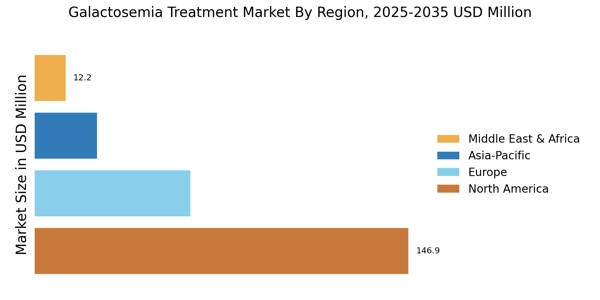
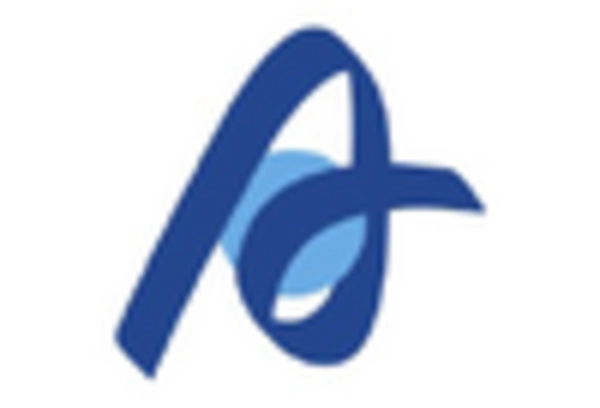
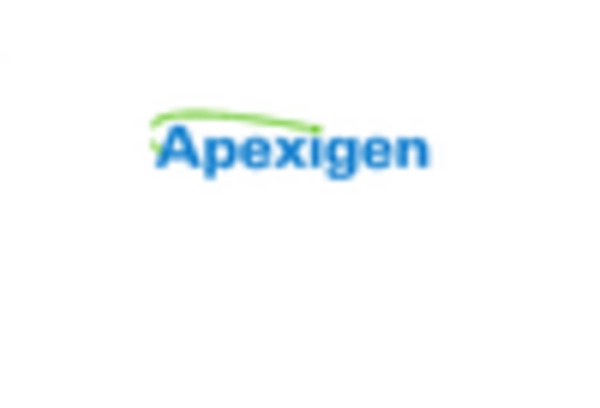
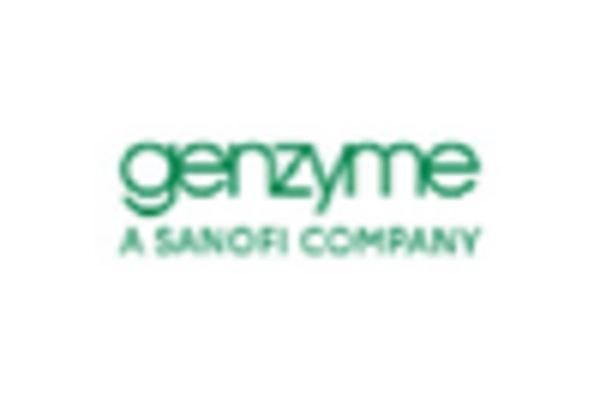
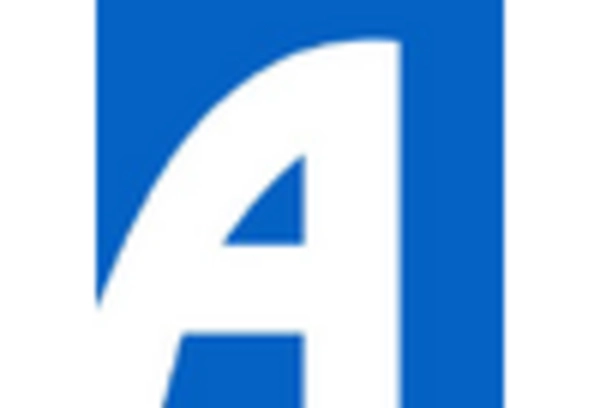

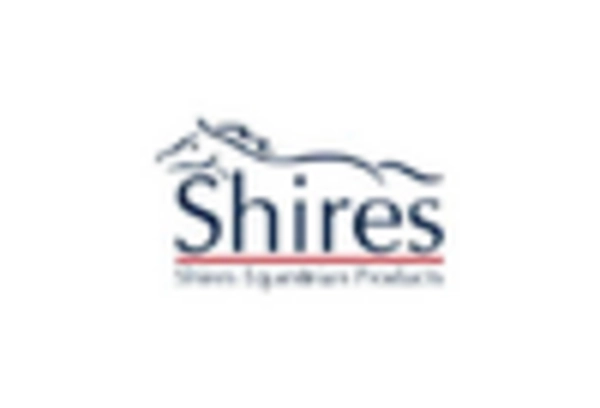








Leave a Comment